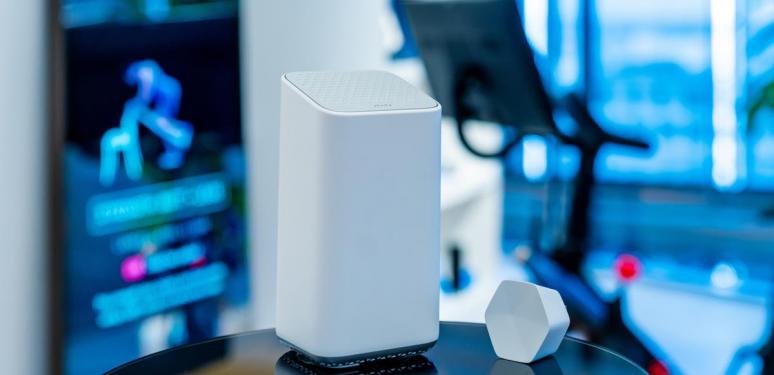
Officially launched last year, Wi-Fi 6 (the newest generation of Wi-Fi) is beginning to find its way onto the market with more and more devices announced. In short, Wi-Fi 6 is the latest update to Wi-Fi technology, and its key characteristic is next generation speeds, like those that will be offered with 10G. Without it, your smartphone, tablet, and laptop wouldn’t be able to take full advantage of the multi-gigabit speeds ISPs are poised to deliver to homes and businesses.
At this year’s CES, consumers got the first look at some Wi-Fi 6 devices that were on display. Notably, Comcast announced its new xFi Advanced Gateway which is the first multi-gigabit speed Wi-Fi 6 certified router available to Xfinity customers. Charter also offers a Wi-Fi 6 router to its Spectrum customers. As more devices undergo the official certification process, expect more providers to roll out their own Wi-Fi 6 routers. Other new gadgets with the certification include the iPhone 11 and the Galaxy Note 10, as well as new laptops from Lenovo, Asus, Samsung, and more. More items on the horizon that will utilize Wi-Fi 6 include everything from smart lightbulbs to tablets to smart home tools.
In addition, the Wi-Fi Alliance plans to certify some devices as ‘Wi-Fi 6E’ meaning they also support use of the 6 GHz band, a chunk of wireless spectrum many hope will be opened to unlicensed use in the U.S. this year. Those devices, however, won’t be available until regulators approve the spectrum change. To enable next gen Wi-Fi and multi-gigabit Wi-Fi speeds, we need more unlicensed spectrum resources, including in the 5.9 GHz and 6 GHz bands.
While still a new technology, Wi-Fi 6 will bring benefits to consumers into the future. Speed increases might be noticeable from the beginning, but Wi-Fi 6 really starts to shine when more devices join the network, since one of the key technology upgrades allows Wi-Fi 6 devices to better manage and secure multiple network devices at once. That efficient network management means faster Wi-Fi speeds and less network congestion, especially in high traffic areas like stadiums and convention centers. It’s important to note that these benefits require a Wi-Fi 6 router as well as compatible devices. But don’t rush to the store to replace all your home tech just yet—the technology is backwards compatible, so older routers will still work fine with your new devices. As you look to upgrade to a new router, however, there are more options hitting the market every day.
